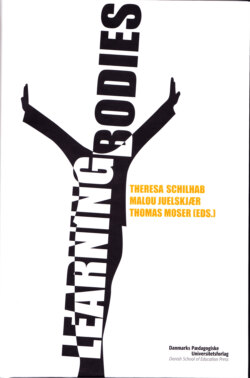Читать книгу Learning Bodies - Группа авторов - Страница 14
На сайте Литреса книга снята с продажи.
Knowledge of sensation
ОглавлениеFirst, one cannot employ the same amount of force or utilize the same joint position on every occasion, since balancing is not the same in all conditions. If the road is slippery, the weight of the body must be distributed slightly differently to maintain grip. For example, the way to cut a curve changes considerably in dry and wet weather and on irregular or smooth tarmac. To meet the challenge of different environments (such as changing weather conditions or road surfaces), the biker must obtain information that makes him able to determine, adjust and execute his actions appropriately. To what extent does that depend on body knowledge?
Part of this knowledge is just more motor knowledge such as new constellations of muscle weight, muscle tone and positions of joints appropriate to new settings. Yet part of the knowledge seems to be of another quality.
Knowing about current conditions and picking out the appropriate muscular combination surely involves the body, simply because it accommodates sense organs that provide the information on which such judgements are based. This is not to say that manipulation of sensory information is all there is to judgement, but here we are concerned with obvious bodily contributions and neglect propositional thinking for the moment.
Sensory cells sustaining sight, hearing, kinaesthetic sense, sense of equilibrium, etc., are the gates to the surroundings and the first station in the cascade of processes sustaining appropriate navigation in changing environments.
